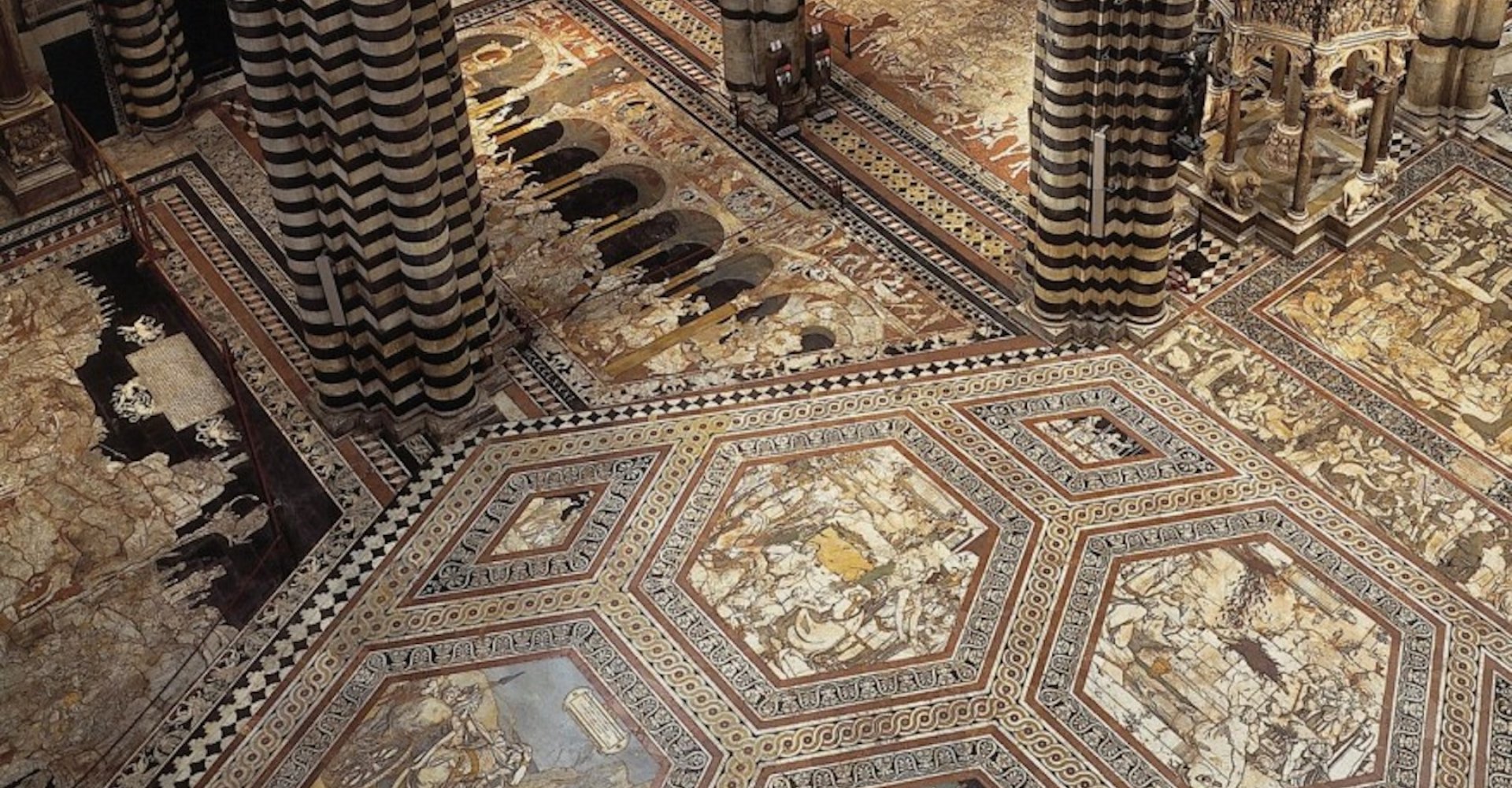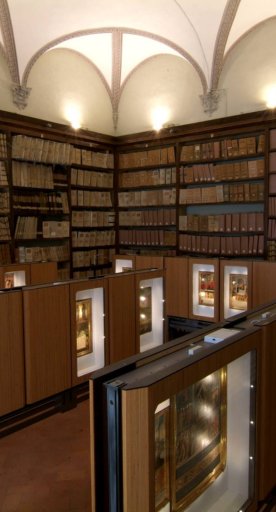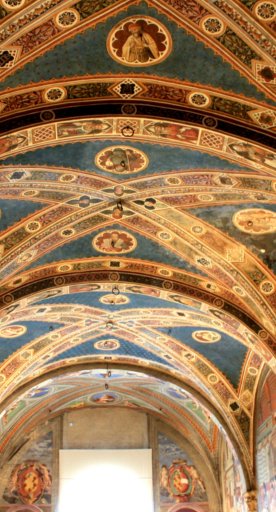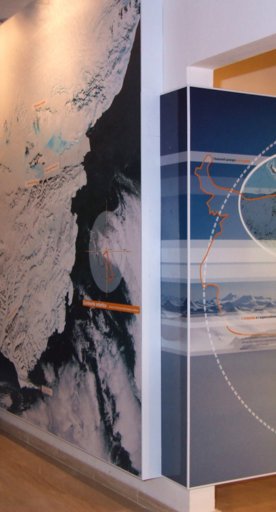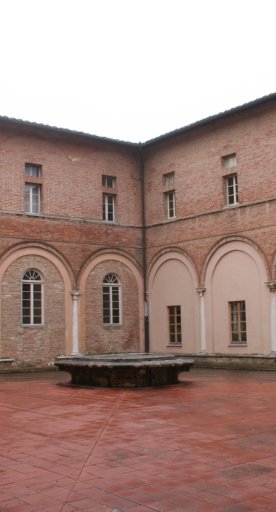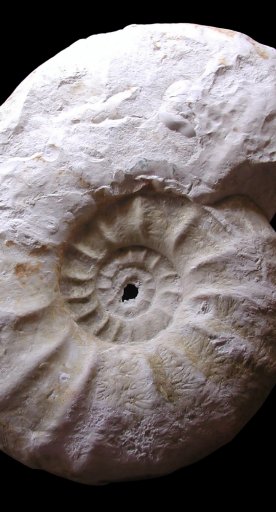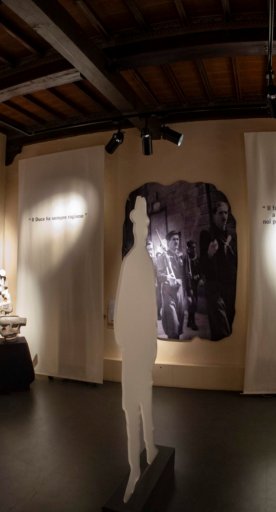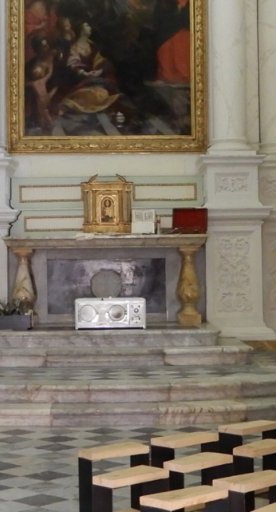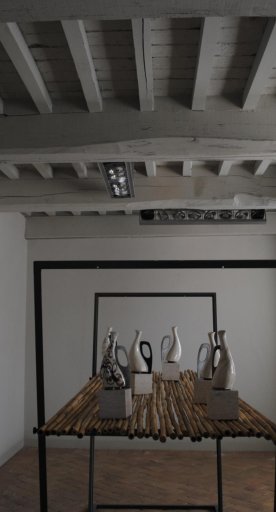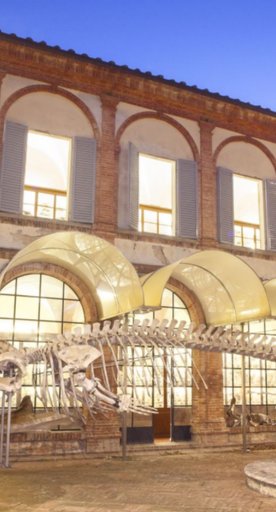Floor of Siena Cathedral
A marble carpet designed by the masters of the Renaissance
The floor of the Siena Cathedral is a unique artwork, a marble carpet that great Sienese artists and beyond have crafted from the 1300s to the 1800s.
Vasari called it the “biggest and most magnificent” floor ever and it’s not hard to understand why: each of the 56 squares called “tarsie” was designed by Renaissance masters, copied by marble sculptors and worked by masons in wonderful local marble, from the grey Sienese Montagnola to the prized yellow broccatello.
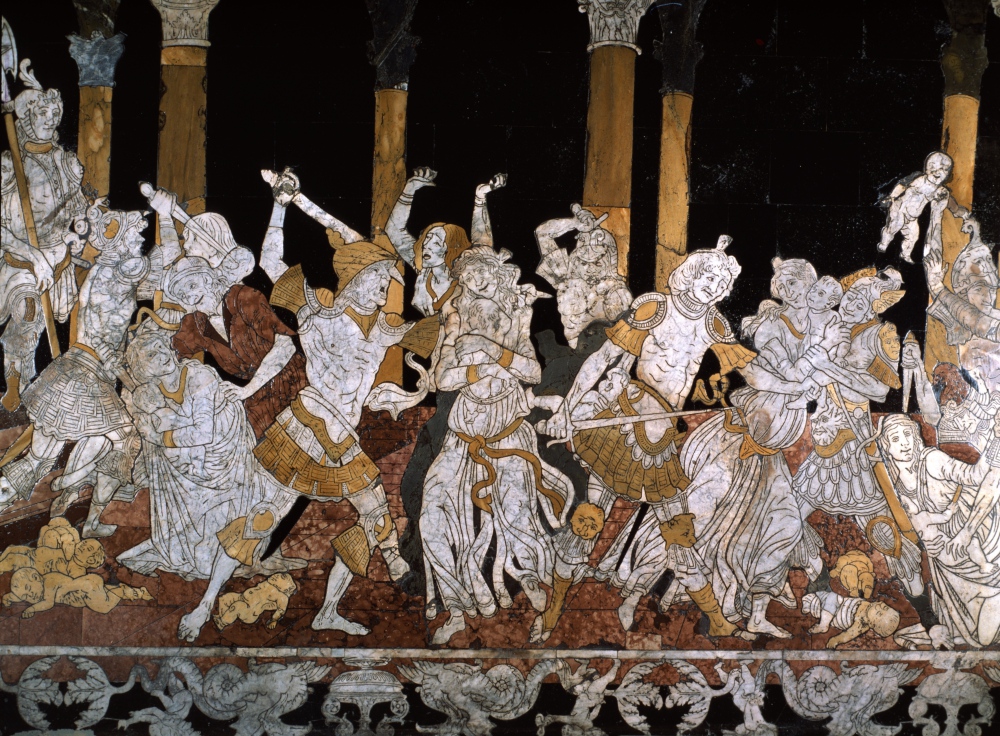
The three aisles concentrate on episodes and characters in Greek and Roman humanist culture who prophesized the coming of the Saviour, such as Hermes Trismegistus, the precursor of the prophets, while the Madonna and Christ only reveal their presence at the foot of the altar and under the cupola you find the stories of the Old Testament. The inlay designed by Domenico Beccafumi dedicated to Isaac’s sacrifice is almost futuristic, with a particular focus on the landscape, where contorted animals and trees stand out.
Pinturicchio is behind one of the most stunning inlays, Monte della Sapienza, which symbolically shows the way to virtue and a wonderful depiction of Fortune as an angelic woman ruling the destiny of men and resembling Botticelli’s Venus.
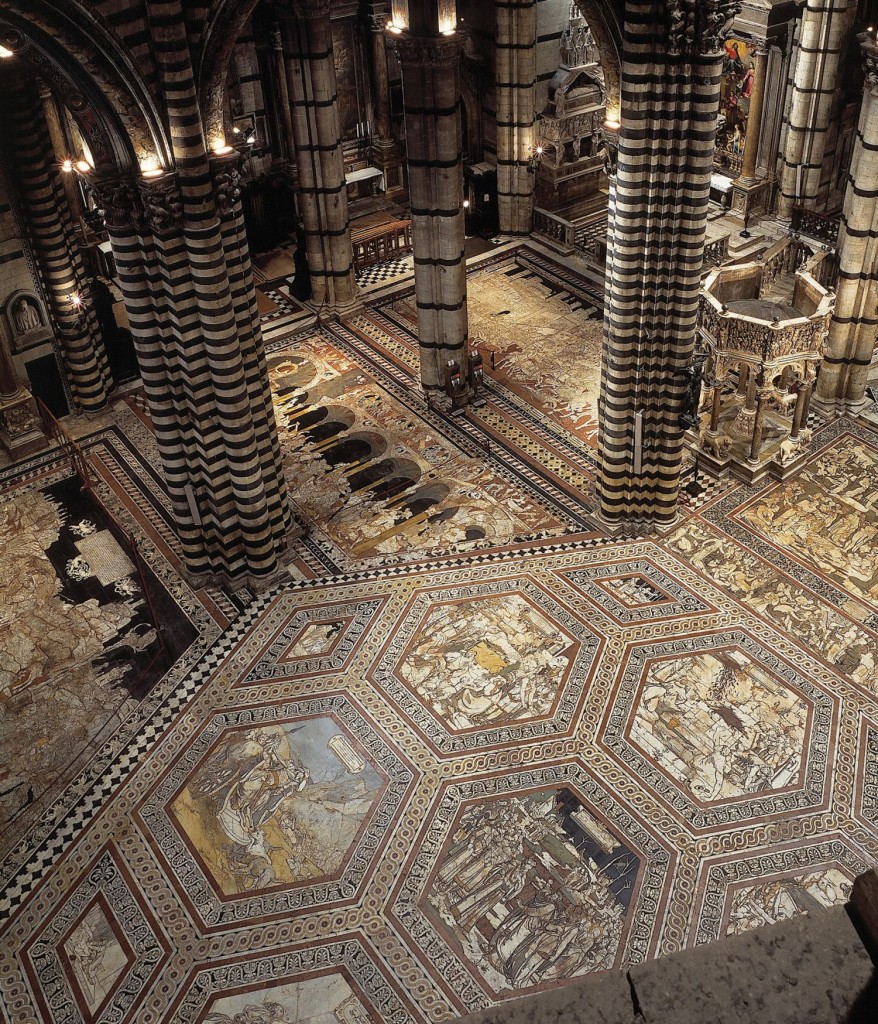
Equally striking are the inlays of the Massacre of the Innocents by Matteo di Giovanni, with coloured marble that creates a chiaroscuro effect, and the Story of Judith, with battle scenes reminiscent of Paolo Uccello’s art, as well as Beccafumi’s Moses, who made the water flow from the rocks of Mount Horeb.
The floor, which is usually covered with special cloths for two-thirds of the year to protect it from wear and tear, is revealed every year for a few months, between June and July and again from August 18, after the Palio dell’Assunta, until late October.
Accessibility information: operaduomo.siena.it
